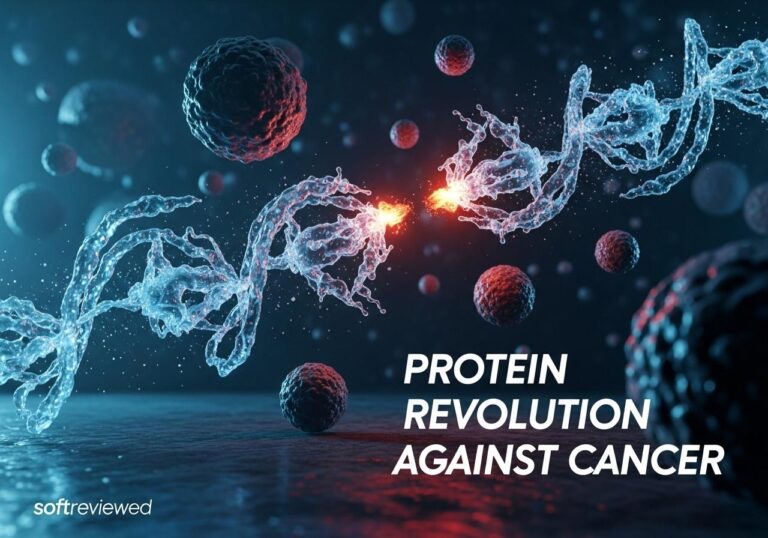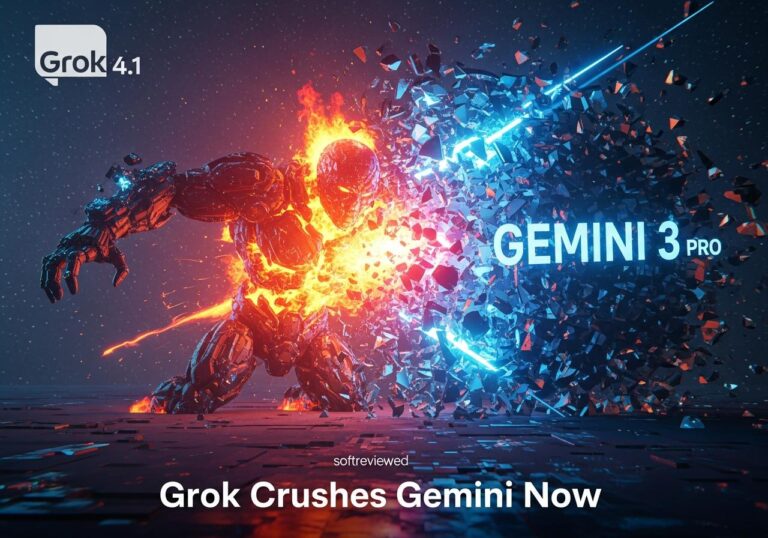AI Revolution in Cancer Immunotherapy
How artificial intelligence is transforming cancer treatment by designing proteins that guide immune cells with unprecedented speed and precision
AI-Driven Speed: Proteins Designed in Weeks
Traditional protein discovery methods take years of painstaking research, but the new AI platform dramatically cuts this time to just 4-6 weeks. This acceleration represents a paradigm shift in therapeutic development, allowing researchers to rapidly iterate and test potential treatments.
Precision Targeting with pMHC Molecules
The AI-designed proteins recognize cancer-specific peptide-MHC (pMHC) markers on tumor cells, creating a highly selective targeting system. This precision ensures T cells attack only cancer cells while sparing healthy tissue, potentially reducing side effects common in conventional treatments.
T Cells Become “Precision Missiles”
These novel proteins function like a GPS system for immune cells, transforming ordinary T cells into precision-guided weapons against cancer. By directing the body’s natural defenses to specific targets, the technology harnesses the immune system’s power with unprecedented accuracy.
From Lab to Personalized Treatment
The technology enables truly personalized immunotherapy by creating patient-specific T-cell therapies in minimal time. This approach can be tailored to individual cancer profiles, addressing the unique genetic makeup of each patient’s tumor for more effective treatment outcomes.
Breakthrough in Melanoma and Beyond
Laboratory tests have demonstrated that the AI-designed proteins successfully killed melanoma cells, showing promising results for this aggressive form of skin cancer. The technology shows potential applications beyond cancer, including treatments for viral infections and other immune-related disorders.
Commercialization on the Horizon
Researchers are planning to launch startups to scale this groundbreaking technology, accelerating its path to clinical adoption. This commercialization effort aims to make these advanced treatments widely available to patients who could benefit from this revolutionary approach to cancer therapy.
Breaking Down Barriers: Cancer Therapy Meets AI
Imagine a world where customized cancer treatments could be created in weeks, not years. Thanks to a groundbreaking platform developed by the Technical University of Denmark (DTU) in collaboration with the Scripps Research Institute, this vision is entering reality. Researchers have engineered an AI method that turns immune cells into targeted cancer assassins—and the leap is as big as it sounds.
Outsmarting Cancer: The AI Protein Design Revolution

For decades, immunotherapy has held promise for cancer. Yet, existing treatments like CAR-T and TCR therapies face hurdles—chief among them is the slow, painstaking hunt for natural immune cell receptors that work for each patient. This AI-powered platform flips the script: instead of searching, it creates custom proteins from scratch in a computer and turns them into “molecular GPS” for a patient’s immune cells.
“We are essentially creating a new set of eyes for the immune system… at incredible speed, so a new lead molecule can be ready within 4-6 weeks,” explains Associate Professor Timothy P. Jenkins at DTU.
The Science: How AI Supercharges Immune Cells
The core breakthrough? Three collaborating AI models:
- 1️⃣ Target Analysis: AI scans the structure of cancer markers (e.g., NY-ESO-1 for melanoma)
- 2️⃣ Protein Generation: It creatively designs thousands of candidate proteins—“minibinders”—that might attach to the target
- 3️⃣ Virtual Safety Screening: A final model screens out proteins predicted to bind healthy cells
The winning designs get inserted into T cells, bestowing them with precise new ability to seek and destroy cancer cells.
A New Set of Eyes for T Cells
Immune T cells naturally search for “bad guys” using unique receptors but are easily fooled by cancer’s disguises. AI minibinders act like a GPS, guiding engineered T cells straight to their target. In lab experiments, these IMPAC-T cells wiped out cancer cells efficiently, even when directed at unique, patient-specific tumor markers.
Step-by-Step: From Digital Design to Lab-Ready Proteins
- Select Cancer Target: (e.g., NY-ESO-1 for multiple tumors, or a marker from a melanoma patient)
- Run AI Design: Models generate thousands of binding proteins in days
- Safety Screening: Weed out risky candidates
- Lab Testing: Engineer T cells, test on cancer cultures
- Ready for Clinic: Projected human trials in ~5 years
Personalized Therapies: What Makes This a Breakthrough?
✅ AI can tailor-make a binding protein for any patient’s cancer in weeks
✅ No more slow searching for existing cell receptors
✅ Potential to address rare or unique tumor markers
Table: Traditional vs. AI-Driven Immunotherapy Timelines
| Step | Traditional CAR-T/TCR | New AI-Designed Approach |
|---|---|---|
| Target search | Months to years | Days with AI |
| Protein design | Slow, trial & error | Automated and creative with AI |
| Safety checks | Extended lab work | Virtual (in-silico) screening |
| Total time | 1+ years | 4-6 weeks |
Expert Perspectives: Quotes and Reactions
“It’s like giving immune cells Google Maps for cancer,”
— Dr. Timothy Jenkins, DTU“What generative AI came up with… looks nothing like what a T cell receptor normally looks like.”
— Dr. Christopher Klebanoff, Memorial Sloan Kettering Cancer Center“Precision is everything in cancer therapy. By screening for cross-reactions early in the design phase, we increased both the safety and success rate.”
— Prof. Sine Reker Hadrup, DTU
Built-in Safety: Virtual Screening for Real-World Use
⛔️ One of the biggest risks in cell therapy is harming healthy tissue. DTU’s platform uses AI-powered virtual screening to evaluate every designed protein across thousands of molecular “locks” found on healthy cells, discarding any with potential side effects—before any lab work starts. This “safety by design” approach could save time, money, and lives.
Challenges, Risks & The Road to Patients
- Lab to Clinic Gap: Human trials expected in about five years; real-world effectiveness and long-term safety remain to be tested.
- Ethical and Security Concerns: AI-driven protein design is incredibly powerful—and, if misused, poses biosecurity challenges. Responsible oversight is essential.
- Cost/Access: New tech can be expensive and may not be equally accessible—policy needs to keep up.
Where Could This Lead? The Future of Cancer Immunotherapy
As computational protein design and AI tools accelerate, more “impossible” therapies are likely to emerge:
- 🎯 Ultra-personalized medicine—treatments designed for your own cancer in a matter of weeks.
- 🔍 AI-predicted drug candidates for other diseases, not just cancer.
- 🦾 Combined platforms: AI, robotics, and bioengineering working together for rapid clinical solutions.
Resource Link: DTU’s Official Announcement
For official details and ongoing research updates, read the DTU announcement on AI-driven cancer therapy.
AI won’t cure cancer overnight, but this leap brings the possibility of true personalized medicine sharply into focus—where algorithms, not just antibodies, help write the next chapter in the fight.







